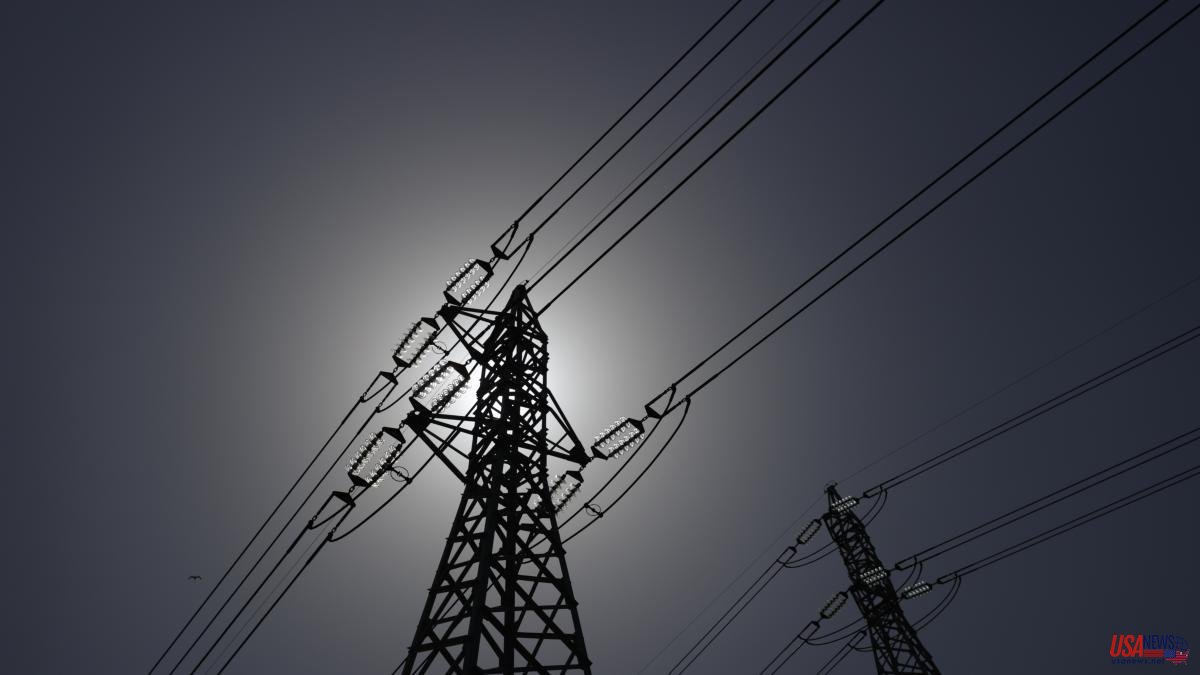This year's energy crisis is the most serious since the Middle East oil shocks of 1973 and 1979. Like those disasters, the current crisis promises to inflict short-term suffering and transform the energy sector in the long term. Suffering is almost guaranteed: Due to high fuel and energy prices, most countries face slower growth, inflation, reduced living standards, and brutal political backlash. However, the long-term consequences are far from predetermined. If governments respond clumsily, they will trigger a relapse into fossil fuels that will make climate stabilization even more difficult. Instead, they must follow a dangerous path that combines security of energy supply with climate security.
In Europe, what was long imagined as a nightmare of freezing winter nights has turned into a torrid summer dream. The heat wave has caused the demand for gas in Spain to reach almost historical highs, just at the same time that, on June 14, Russia began to reduce the flow of gas from Nord Stream 1 to Western Europe; This has pushed prices up by 50% and raised fears about the possibility of rationing at the end of the year. Americans, for their part, are paying $5 a gallon for gasoline (1.25 euros a liter), which fuels inflation, which is, according to polls, their biggest concern and President Joe Biden's worst headache. . In Australia, the energy market has collapsed. Wherever you look, what we see is scarcity and fragility.
Energy crises can turn into political catastrophes. A third of the 8% inflation in the rich world may be explained by rising fuel and energy costs. Households struggling to pay bills are furious; and this leads to policies aimed at containing them and promoting the production of fossil fuels, however dirty they may be.
Biden, who came to power promising a green revolution, plans to suspend the federal gas tax and is visiting Saudi Arabia to ask it to pump more oil. In Europe, there are extraordinary taxes, subsidies, price caps and many more measures. In Germany, while the air conditioners whimper, the coal-fired power plants are dusted off. Chinese and Indian state-owned mining companies, whose closure was not far off among climate-conscious people, are extracting record amounts of coal.
This improvised chaos is understandable but potentially disastrous, as it could stall the transition to clean energy. Government subsidies and tax exemptions for fossil fuels will be difficult to withdraw. Dirty new power plants and oil and gas fields with a 30- to 40-year lifespan will give their owners more reason to resist the phase-out of fossil fuels. That is why, even as they grapple with the economic climate, governments must focus on tackling the fundamental problems facing the energy sector.
One priority is to find ways to accelerate fossil fuel projects (particularly the relatively cleaner natural gas projects) that have an artificially shortened lifespan of 15-20 years, to bring them in line with the goal of drastic emissions in 2050. In particular, Europe and Asia, which must divest from Russian gas and coal respectively, have very little liquefied natural gas (LNG) capacity. The bottom line is getting companies to back plans designed to be short-lived. One option is for governments and power grids to offer guaranteed contracts during that period that provide adequate performance, with the understanding that capacity will be shut down soon. Another option is to commit state support to make such projects cleaner, for example through carbon capture and storage.
That doesn't mean abandoning the push for renewable energy, which is by far the most successful part of the world's rather inadequate response to the climate crisis. Each additional kilowatt-hour from the sun fed into European power grids is one kilowatt-hour less than a Russian gas pipeline travels. Governments need to improve the reach, capacity and storage capabilities of their grids and remove the barriers that continue to make it more difficult than they should be to add renewable capacity. The design of electricity networks and markets is clearly a matter for governments, often trapped in the thinking of the 20th century.
21st century thinking revolves around new ways to provide smart and resilient grids with energy with a zero carbon 'signature' that makes reliance on renewables safe and efficient. And, in this sense, hydrogen extracted from water with renewable electricity or from natural gas with steam in facilities that store emissions can be crucial. It can also be, in many places, nuclear energy. Climate-sensitive atomic power supporters often insist on sophisticated (but unproven) small-scale nuclear power plants. It is more important to improve the construction of the big ones. Where anti-nuclear opinion is strong and organized, governments must win support by showing that there are better protections against accidents and new ways of storing waste. Politicians must explain to voters that their desire for an energy transition that avoids both fossil fuels and nuclear power is a dangerous illusion.
And the ultimate need is to make the industry predictable. It may sound strange, as the energy markets of the 20th century faced wars, coups, revolutions, a boom in Chinese demand and new technologies. However, the climate transition has added an additional layer of uncertainty, even though at the same time it requires a massive increase in investment. According to the International Energy Agency, to reach net zero emissions by 2050, annual investment must double current levels and reach 5 trillion dollars. The risk is that the crisis, and the chaotic government response to it, will cause investors to become more cautious.
To stimulate investment, tricks such as greenwashing, protectionist plans to create national ecological supply chains, and absurd bans by banks on gas projects must be avoided. Instead, measures on which energy sources can be used and for how long need to be steadily and clearly expanded. That means more disclosure so companies understand the externalities they create, higher carbon prices so they have an idea of the cost of pollution, and regulations that force dirty technologies to be phased out. The great energy crisis of 2022 is a disaster. However, it may also be an opportunity for better government policy to trigger the investment needed to resolve the conflict between a more secure energy supply and a safer climate.
© 2022 The Economist Newspaper Limited. All rights reserved.
Translation: Juan Gabriel López Guix













